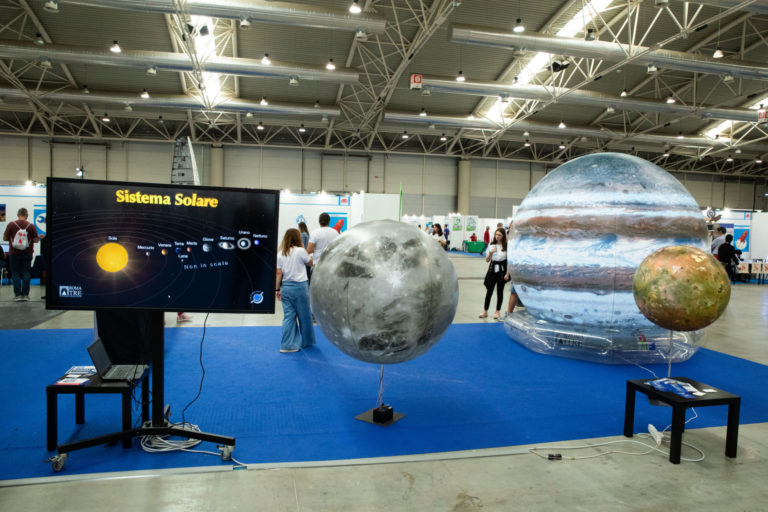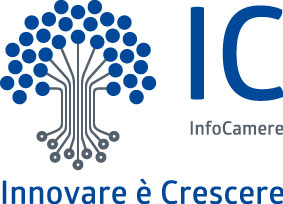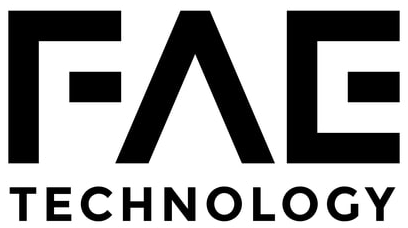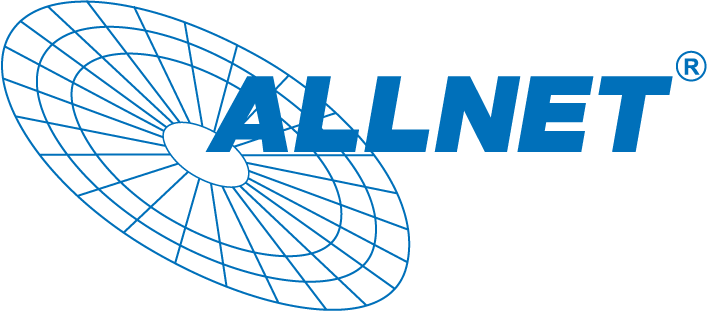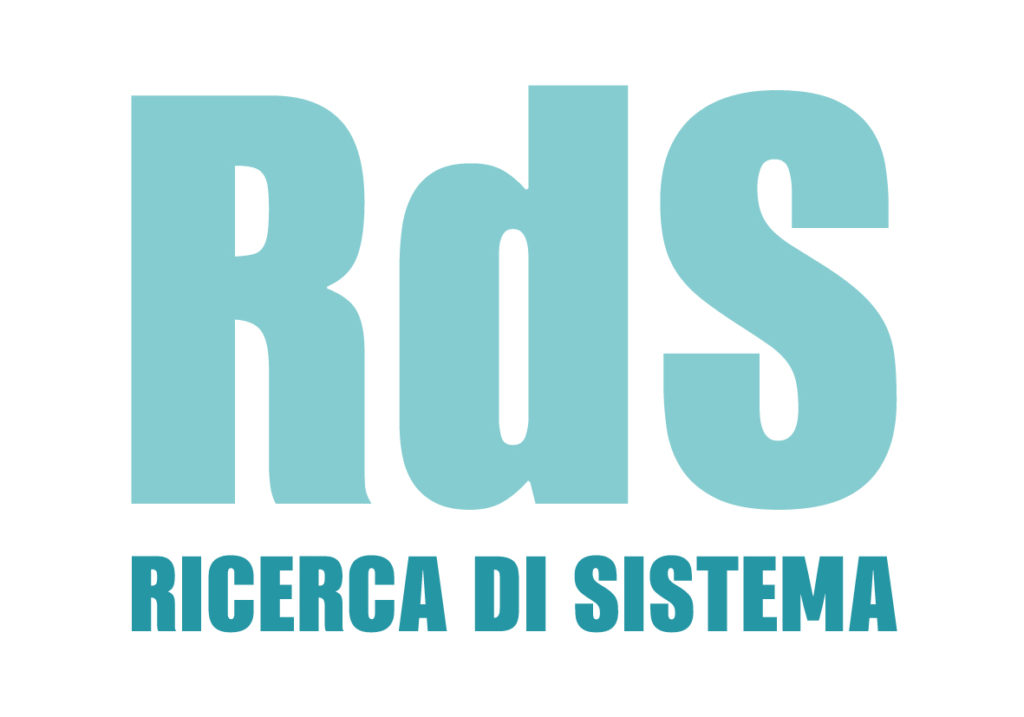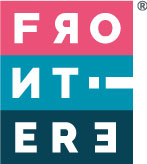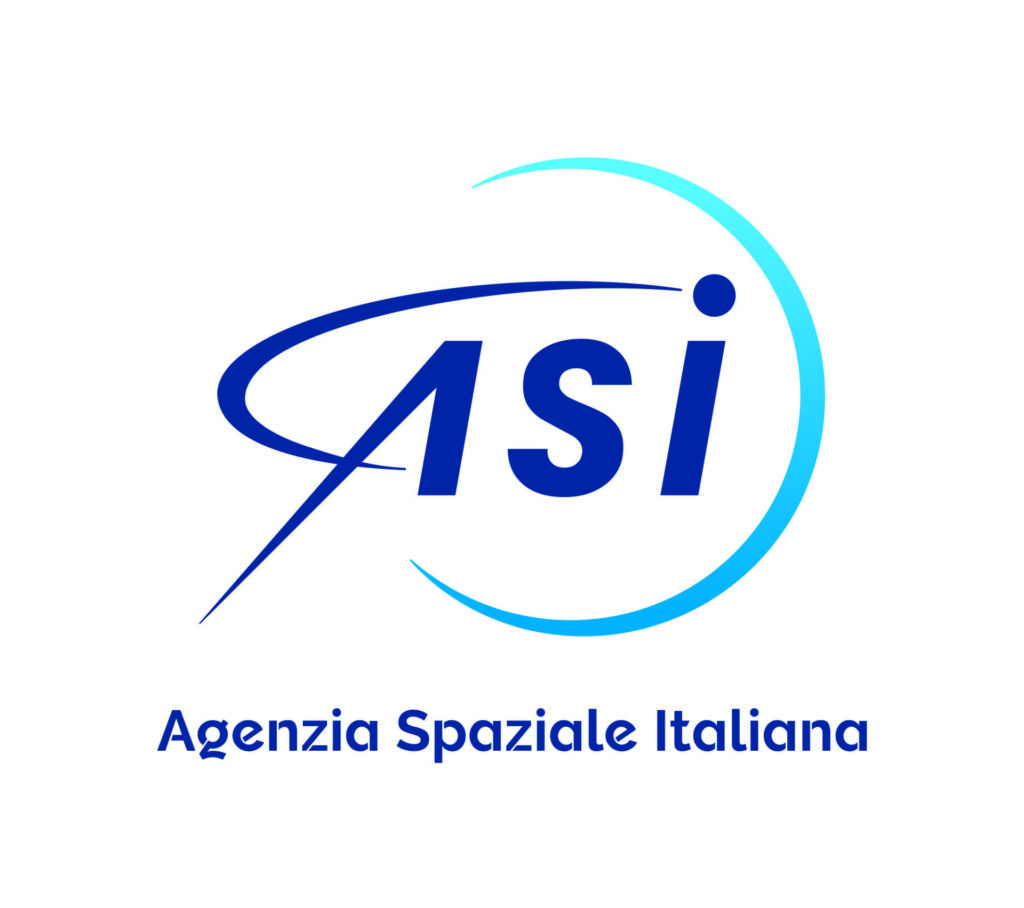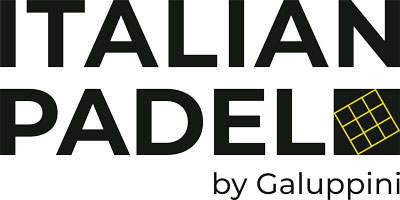The Generazione Giove project with researcher Elena Pettinelli at MFR2023
The Generazione Giove project from the Earth Planetary Physics Lab of the Department of Mathematics and Physics at Roma TRE represents the future of space research in Italy. Elena Pettinelli, a professor of geophysics and head of the research group, tells us about it.
Is there water on Jupiter’s moons? That’s exactly what the European Space Agency (ESA) is looking for with its JUICE (Jupiter Icy Moons Explorer) mission. Juice is the name of the space probe that left April 14, 2023 from French Guiana and will arrive at its destination in 2031. Making a huge contribution to this mission is Roma TRE University, in particular the Earth Planetary Physics Laboratory of the Department of Mathematics and Physics, which will play a central role in processing the radar data acquired by the probe during its journey
The project is called Generazione Giove and was presented at Maker Faire Rome 2023! Read the full interview with Elena Pettinelli, professor of geophysics in the Department of Mathematics and Physics at Roma Tre University and head of the research group.
The ESA mission and the connection with Roma TRE university
Let’s find out more about what will happen during this ESA space mission. The JUICE probe, launched by an Ariane 5 rocket on April 14, 2023, will arrive at its destination in 2031 and will be used to observe Jupiter, specifically its three large icy moons, Ganymede, Callisto and Europa. The mission will closely study these moons to find out whether the water in liquid form that makes up the oceans beneath the icy surface may in fact harbor life. The Department of Mathematics and Physics at Roma TRE plays a key role in the JUICE mission. The researchers’ main task will be to process data acquired by the RIME radar, located aboard the orbiting JUICE probe, during its flyover of the icy moons. The probe will take eight years to reach the icy moons, and during the journey, the lab will work to measure the physical properties of samples that simulate ice on the moons. This is essential preliminary work to properly interpret the data that will come back to Earth from the probe. The lab at Roma TRE has already made a name for itself as an important support research center for space missions, like the radar survey support measurements made for present and future missions to the Moon, Mars and Venus
Elena Pettinelli, a researcher at Maker Faire Rome
Elena Pettinelli, professor of geophysics, is the head of the Earth Planetary Physics Laboratory in the Department of Mathematics and Physics at Roma TRE. Her main field of research concerns the development and application of physical methods for the investigation of rocky and icy planetary crusts. Her work focuses on laboratory and in situ characterization of physical parameters of geo-materials such as ice, snow, and compact and loose rocks, with particular interest in electromagnetic wave propagation through natural mediums. Part of her research is devoted to the performance of geophysical instruments, such as GPR antenna coupling effects. In addition, she has worked on the development of laboratory techniques for estimating electromagnetic parameters of solid, liquid and granular materials. Pettinelli is part of international research teams. She is currently a co-investigator on the MARSIS experiment of the ESA – Mars Express mission and on the Sharad experiment of the NASA MRO mission as well as part of the SRS experiment aboard ESA’s Envision mission to explore the subsurface of Venus. Since 2021, she has been part of ESA’s Topical Team for geophysical investigations of the moon’s surface. She has published about 85 papers in international peer reviewed journals, including two papers in Nature Astronomy, one paper in Science Advances, and four papers in Science.
She is also involved in many outreach and public awareness activities for the department and the university, such as European Researchers’ Night, Pint of Science, TED Talk, seminars for high school teachers, geophysics masterclasses, science festivals and department events. Her work as a scientist has led her to be interviewed by the BBC, CBC, CNN, The Guardian, National Geographic, Le Scienze, and many others including radio, television, and news outlets.
Her presence at Maker Faire Rome 2023 was a great opportunity to find out more about the Generazione Giove project, and the research activities of the Roma TRE department. We were pleased to have had the chance to interview her. Read the full interview below.
What is the Generazione Giove project?
“What I am presenting to you is the Generazione Giove Project, a project that we launched this year at the university in conjunction with the departure of this important ESA mission called Juice, in which Roma TRE’s laboratories and researchers are heavily involved and will be for the next 8 years because the Juice probe will arrive at Jupiter’s icy moon in 2031 to study the interior of these important moons and discover the presence of water.”
What is the connection between students and researchers at Roma TRE?
“In conjunction with this project that Roma TRE has launched, we want to involve students and young researchers from the Department of Physics, but also from other departments, so that they can gain important skills and work on this project. This is a project funded by the Italian Space Agency, and so there is also a substantial amount of funding that can be made available to young researchers for work until JUICE gets to the icy moons and also in the following years to process the data acquired by various instruments on board JUICE. In particular, we are interested in the subsurface radar, because it is the key instrument for finding liquid water below the icy moon, and so we would like to get the younger generation to participate in this important project so that they can become the researchers of tomorrow.”
What is the connection with Maker Faire Rome?
“The connection with Maker Faire Rome is important because, as seen here at the Roma TRE booth, we are presenting various planets, missions, and instrumentation; Maker Faire Rome is, therefore, an important moment to help people understand what new technologies will be used, and what can be used in the future to improve life on earth, as with any space technology. So this is a very valuable moment to let everyone know about the research activities of Roma TRE, particularly in the space field, but also to let new generations and enthusiasts understand what the face of work in the near future could look like.”
Maker Faire Rome – The European Edition has been committed since its very first editions to make innovation accessible and usable to all, with the aim of not leaving anyone behind. Its blog is always updated and full of opportunities and inspiration for makers, makers, startups, SMEs and all the curious ones who wish to enrich their knowledge and expand their business, in Italy and abroad.
Follow us on our social channels (Facebook, Twitter, Instagram, LinkedIn, YouTube) and subscribe to our newsletter: we promise to let just the right content for you to reach your inbox.


